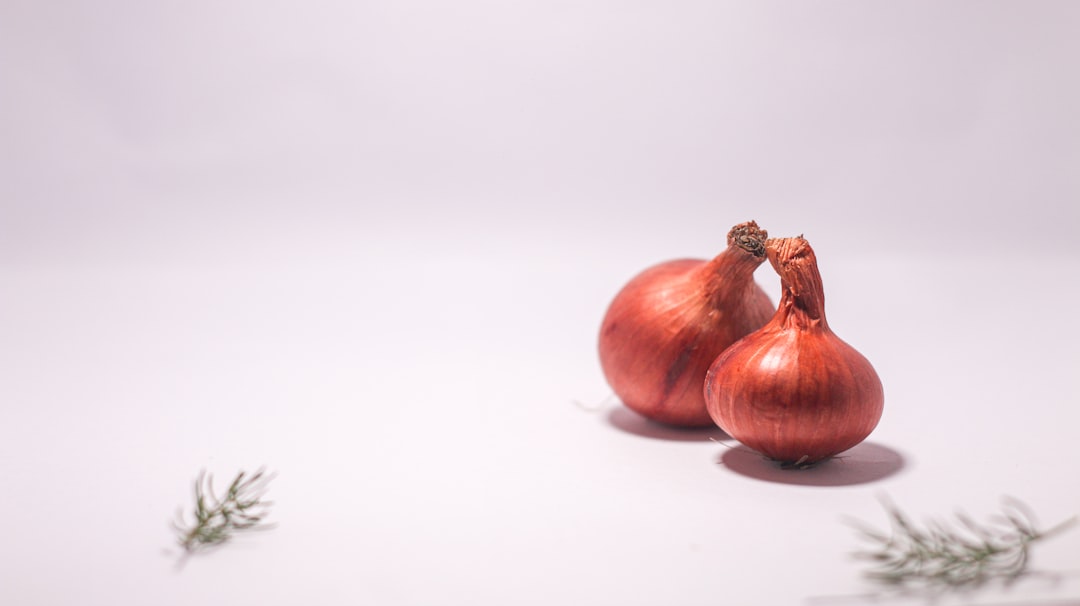The Enchanting World of Beautyberry Shrubs

In the realm of gardening, there exists a shrub that stands out with its unique charm and captivating beauty — the beautyberry shrub. This remarkable plant gets its name from the stunning display of bright purple berries it produces during the fall and winter months, creating a visual spectacle that is truly a feast for the eyes.
The beautyberry shrub, scientifically known as Callicarpa, belongs to the mint family, Lamiaceae. It is native to East Asia, Southeast Asia, and the Americas. There are several species of beautyberry shrubs, each with its own distinct characteristics, but they all share the common trait of producing those eye - catching purple berries.
One of the most appealing aspects of the beautyberry shrub is its growth habit. It typically grows to a height of 3 to 6 feet, with a spread of about the same width. This makes it an ideal choice for both small and large gardens. Its branches are arching, giving it a graceful and elegant appearance. The leaves of the beautyberry shrub are simple, opposite, and ovate in shape. They are usually green during the spring and summer, providing a lush backdrop for other plants in the garden.
As the seasons change and fall approaches, the beautyberry shrub undergoes a transformation. The leaves start to turn yellow or red, adding to the overall color palette of the garden. But the real showstopper is the appearance of the berries. The berries grow in clusters along the stems, and their bright purple color is truly striking. They can last well into the winter, providing much - needed color in an otherwise dull landscape.
When it comes to cultivation, beautyberry shrubs are relatively easy to grow. They prefer full sun to partial shade, although they can tolerate some shade. They also require well - drained soil that is rich in organic matter. Once established, they are fairly drought - tolerant, making them a low - maintenance addition to any garden.
Propagation of beautyberry shrubs can be done through seeds, cuttings, or division. Seeds should be sown in the fall or early spring. Cuttings can be taken in the summer and rooted in a moist, well - drained medium. Division is best done in the spring or fall when the plant is dormant.
In addition to their ornamental value, beautyberry shrubs also have some practical uses. The berries are a favorite food source for many birds, such as robins, mockingbirds, and cedar waxwings. This makes the beautyberry shrub a great addition to a wildlife garden. Some studies have also suggested that the leaves of the beautyberry shrub have insect - repellent properties. Native Americans used the crushed leaves to ward off mosquitoes and other insects.
When it comes to landscaping, beautyberry shrubs can be used in a variety of ways. They can be planted as a border plant, creating a colorful edge around a garden bed. They can also be grouped together to form a hedge or used as a specimen plant in a mixed border. Their unique appearance and low - maintenance requirements make them a versatile choice for any garden design.
However, it's important to note that while the berries of the beautyberry shrub are not toxic to birds, they are not considered edible for humans. Ingesting large quantities of the berries may cause mild stomach upset. So, while you can enjoy the beauty of the berries from afar, it's best to leave them for the birds.
In conclusion, the beautyberry shrub is a wonderful addition to any garden. Its stunning purple berries, graceful growth habit, and low - maintenance nature make it a must - have for gardeners of all levels. Whether you're looking to add some color to your fall and winter garden or attract wildlife, the beautyberry shrub is sure to delight and impress.